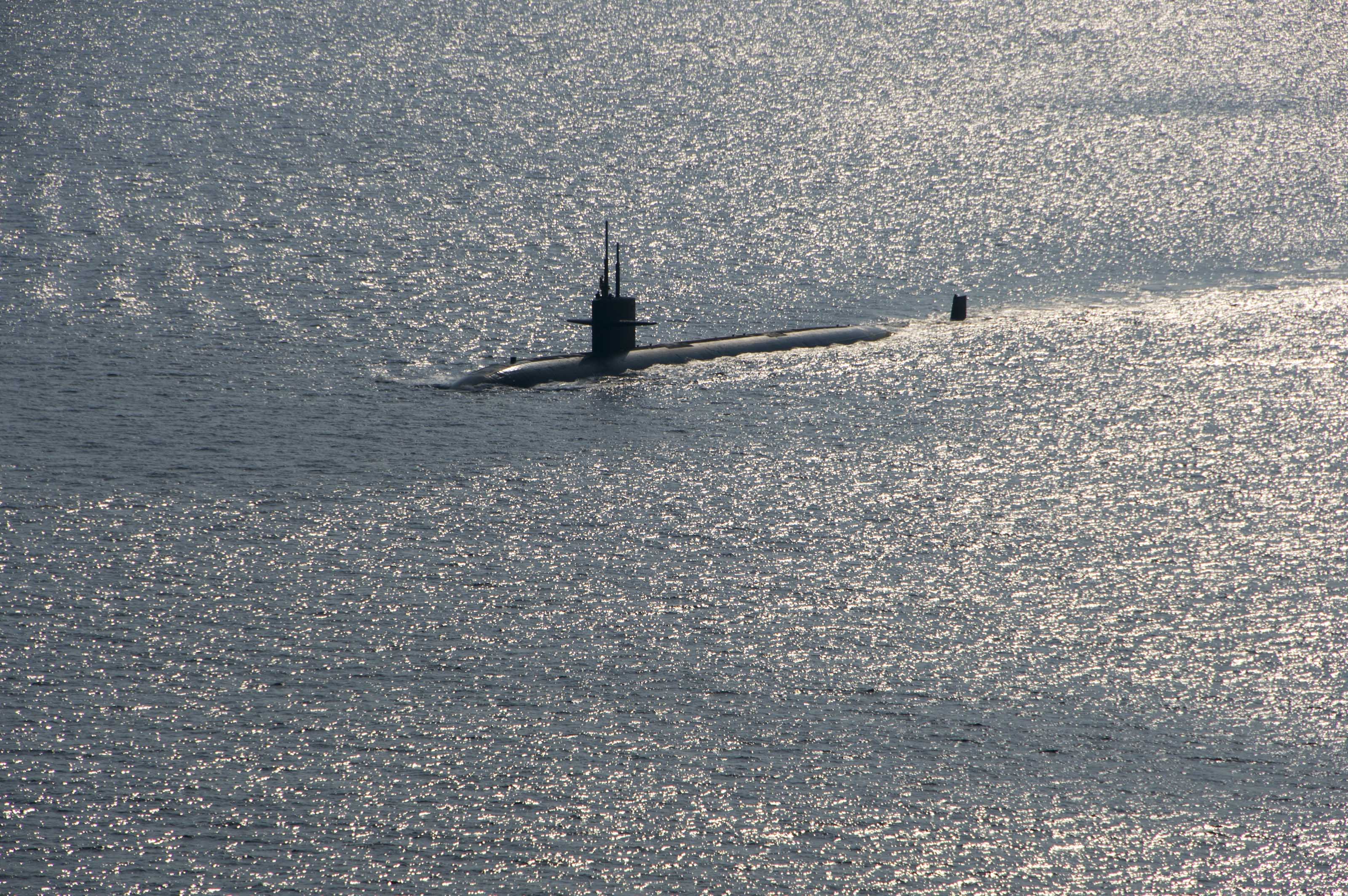
While the Navy “had been dominant—and benefited immensely” from its strength in undersea capability, the Russians and Chinese are posing new challenges to its retaining that edge, the chairman of the Seapower and Projection Forces subcommittee said Tuesday in opening a series of hearings on “game-changing” concepts and capabilities.
Rep. Randy Forbes (R-Va.) said, “At a time when our submarine force will likely be called upon to do more than ever, it is also going to be at its smallest size since World War II.” He added, “Our existing sensors and weapons should be expected to decline in effectiveness as our adversaries’ own capabilities improve.”
Retired Navy Vice Adm. Michael Connor, former commander of submarine forces, said speed was of the essence in looking at “game changers” and suggested a way to achieve this was adapting a venture capital model in looking for new capabilities. “We just say we’re going to stop here” on a project “and put the money here” in one that shows greater promise.
As in Silicon Valley, that means accepting that many projects will fail, Connor added.
Even the “speed the fleet” program to accelerate development takes a year, he said. The normal budgeting process takes two.
Bryan Clark, a fellow at the center for Strategic and Budgetary Assessments, said the challenge is to incentive organizations, such as DARPA [Defense Advanced Research Projects Agency], to embrace “more disruptive ideas,” such as it did with stealth, over an evolutionary approach to moving equipment to the warfighter.
As he was wrapping his testimony, Clark said the Navy has “to look at how we develop requirements” for unmanned systems that are not expected to be in service for decades such as submarines but most likely a few years. “The testing process can be very cumbersome” for unmanned systems.
A challenge for the Navy will be to move promising programs from the research and development stage and “push them across the valley of death” to acquisition, Clark said.
When asked about building cheaper diesel submarines, Connor said they are only effective “if and only if their area of operations is very constrained.” He said building large numbers of capable unmanned undersea vehicles operating from a host submarine should be considered instead.
Connor and Clark said that in the future a submarine’s operation with manned and unmanned vehicles should be considered in ways similar to an aircraft carrier strike force’s operations, as part of a system of systems. “I think the submarine will be the centerpiece” in applying lethal force, Connor added.
He added that defense programs can be defined too narrowly. The “cutting edge of unmanned underwater [technology] exists in [American] academia and gas and oil exploration. Our adversaries are not ahead of us in this area.”
As to whether unmanned undersea systems should be given the autonomy to apply lethal force, Connor pointed out “there is a person in the loop” in deciding that question with unmanned aerial systems.
“Most of our unmanned undersea [systems] are autonomous,” but they can be communicated with by radio for short distances or by light or laser and acoustically over longer ranges—one way of ensuring a person who can be held accountable is making the decision to use lethal force.
“You don’t have to know everything everywhere,” Connor said about undersea operations. Identify and concentrate efforts on strategic chokepoints, what “undersea infrastructure you want to protect” and have “fairly perfect knowledge of the area around a carrier strike force.”
Clark termed this time as “the advent of seabed warfare” and as an example he cited Russia’s recent probing the depths to identify cables moving financial data to communications to security operations. Another way of looking at the future would be to see as a time when “imposing costs on the enemy” could deter it “rather than [seeking to] kill [the threat] outright.”
Forbes said at the start of the hearing, “Our superiority in this domain has enabled the United States to surreptitiously collect sensitive intelligence, hold at risk foreign fleets, attack targets on land without warning and maintain the secure second-strike capability that is essential for deterrence.”





